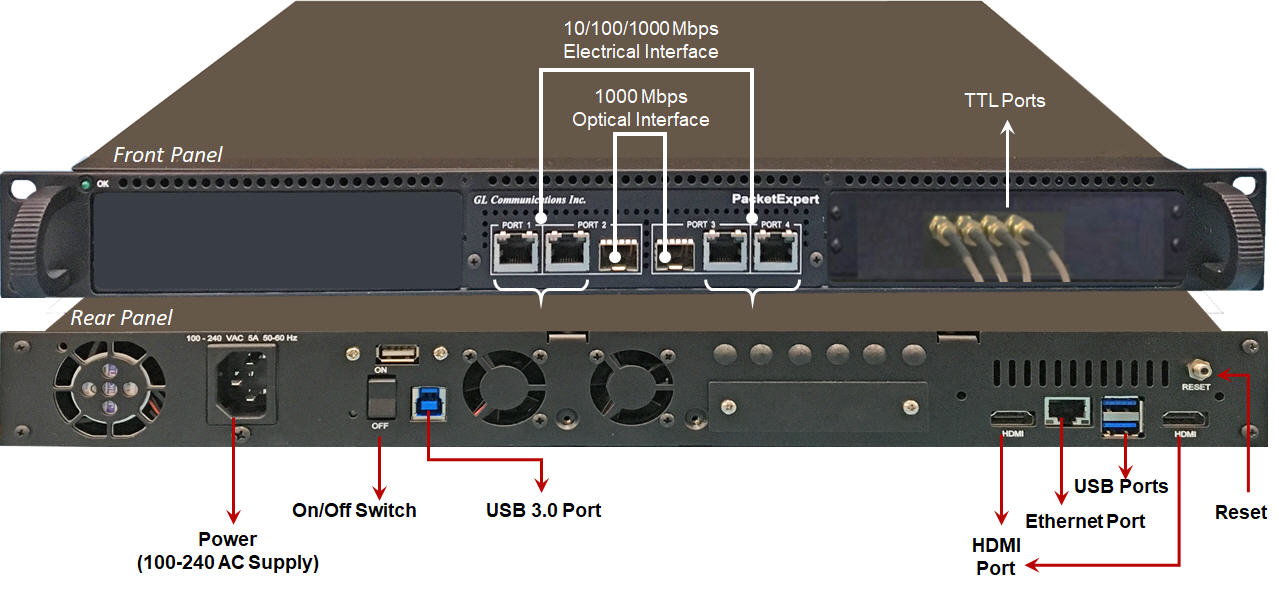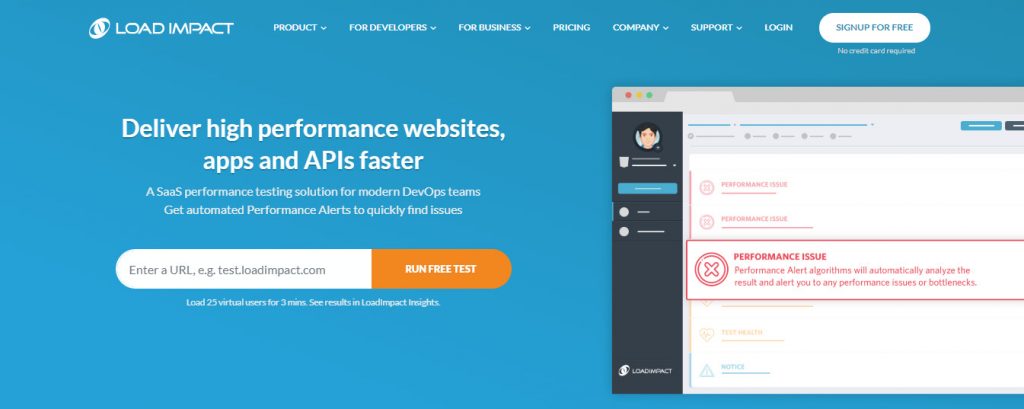

- #ETHERNET TESTING OUT OF ORDER DRIVER#
- #ETHERNET TESTING OUT OF ORDER PATCH#
- #ETHERNET TESTING OUT OF ORDER PC#
The first deployment of ARPANET was at four separate locations: Stanford Research Institute, the University of California at Santa Barbara, the University of California at Los Angeles, and the University of Utah. The purpose of ARPANET was to test and determine the viability of packet switched networks. Since IP was created initially to support the Internet, it is critical to understand the history of the Internet.ġ.3 1.3 Intern Intern et Histor y Today’s Internet was created in 1969 through a government-sponsored project called ARPANET (Advanced Research Projects Agency Network).

#ETHERNET TESTING OUT OF ORDER DRIVER#
IP is the main driver to Ethernet’s growth. This is the addressing scheme that enables the Internet and many other technologies around the globe to work together. IP (Internet Protocol) represents the bulk to the traffic that traverses Ethernet networks. It is more likely they will print it locally and fax it, if necessary. It is not often that a person in Atlanta, for example, will want to print a document in their New York office. This technology typically resides on a LAN and does not often traverse the wide area network. IPX is Novell’s technology designed mainly to manage printers, servers, and access to mainframes.

In today’s LAN environment, there are two main types of technologies that exist with Ethernet – IPX and IP. LAN administrators couldīuild a network with all of these technologies running simultaneously and Ethernet could handle the task. Various technologies such as Appletalk, DECnet, TCP/IP, and IPX (Novell) are equally handled and transported by Ethernet. In the near future, the next generation of Ethernet will be available running at 10Gb/s.ġ.2 Ethernet’s Capabilities The benefit of Ethernet, and its main reason to exist, is that it handles data traffic extremely well. With the wide scale carrier based deployment of Ethernet, customers will be able to buy Ethernet pipes ranging from 10 Mb/s through 1Gb/s. Ethernet allows the customer to save time and money by not having to buy expensive routers to convert their LAN traffic to a WAN technology. Ethernet offers a range of speeds and is focused solely on data. This added functionality adds a lot of overhead to the data stream. ATM was designed to carry voice, video, and data all on one pipe. ATM offers a wider range of speeds, T1 (1.544Mbs) to an OC-12 (622Mbs), but is not as efficient with data as frame relay. In some areas, as much as a DS3 (45Mbs) frame relay pipe can be ordered. Why would a customer want to go to Ethernet instead of staying with their existing frame relay or ATM data services? Frame relay, a technology designed to carry data, is not widely available above a T1 (1.544Mbs). As well as ATM and frame relay, carriers are now offering Ethernet to their customers. Point-to-point or point-to-multi point services are available. A customer can purchase data services from 64kb/s up to 2.4Gbs and higher. Technologies such as frame relay and ATM lead the way for customers to spread their data across the globe. The next step in data service is our current position. Speeds were still slow, but the service was more reliable. The first data services were bases on the SMDS standard. Next generation services allowed the carrier to offer the pipe as well as the data service, offering more revenue to the carrier and more flexibility and support to the customer. The customer, in this case, owned the data service, with the provider owning the pipe. Typical rates were between 9.6 kb/s and 64 kb/s running X.25. Initial data deployments were at low speeds and with low reliability. The desire for information across the country and across the globe has lead to a focus on next generation data networks in the wide area.

Given this is the first time I've ever needed one, it's hardly worth the $$$.Ethernet tr ainin g Sectio Sectio n 1 – Why Deplo Deplo y Ethernet? 1.1 1.1 Backgrou nd Years ago, voice service drove the design and deployment of wide area networks throughout the world. I wish I had one of those ridiculously expensive and rarely useful cable signal performance testers. It doesn't appear to run near fluorescents or other likely interference suspects.Īlso, if there was a break or short in the cable, that would show up on the tester. The run is probably less than 10 meters even accounting for running through the floor, up the wall, etc.
#ETHERNET TESTING OUT OF ORDER PC#
I can see the rack from the desk this PC and port are at. I am assuming that this problem is why the line was abandoned in the first place. Is the line maybe damaged at some point in the run? Depending on your tester, you may have just verified that there is electrical continuity across the line and not that the line is within spec and capable of transmitting data.
#ETHERNET TESTING OUT OF ORDER PATCH#
About how long of a run is it including patch cables? Any chance that it is running over florescent lighting or anything that may be interfering with communications.


 0 kommentar(er)
0 kommentar(er)
